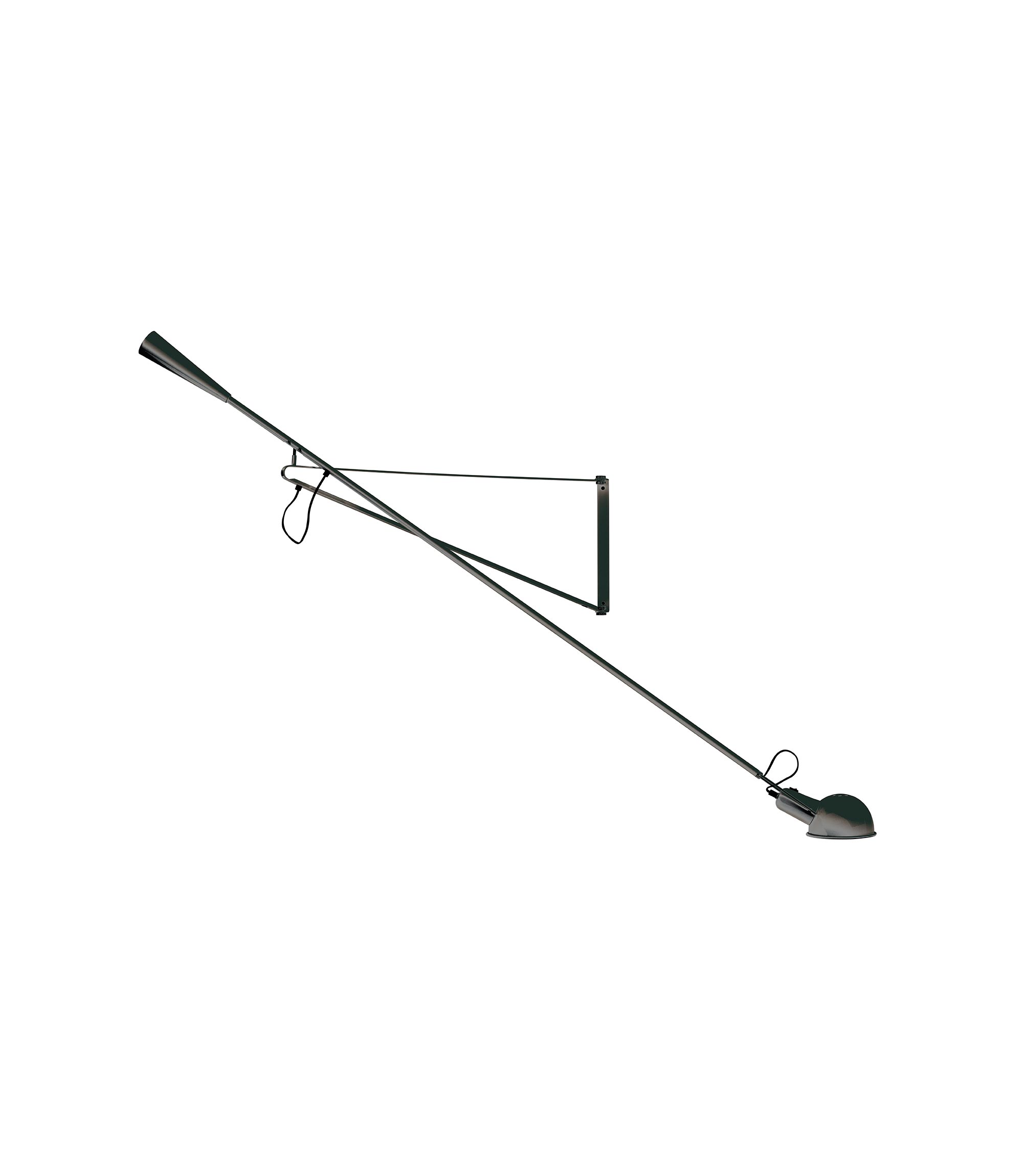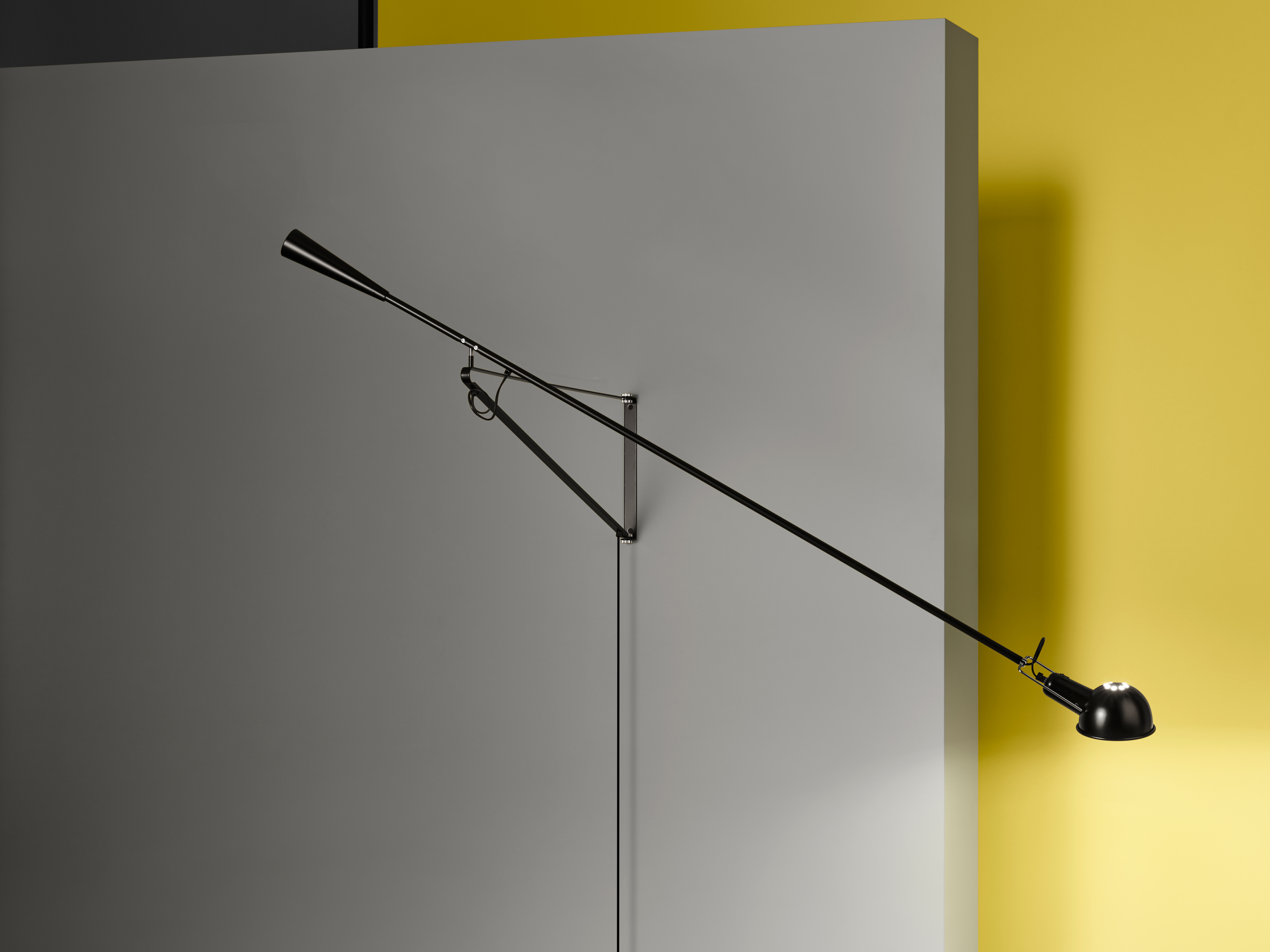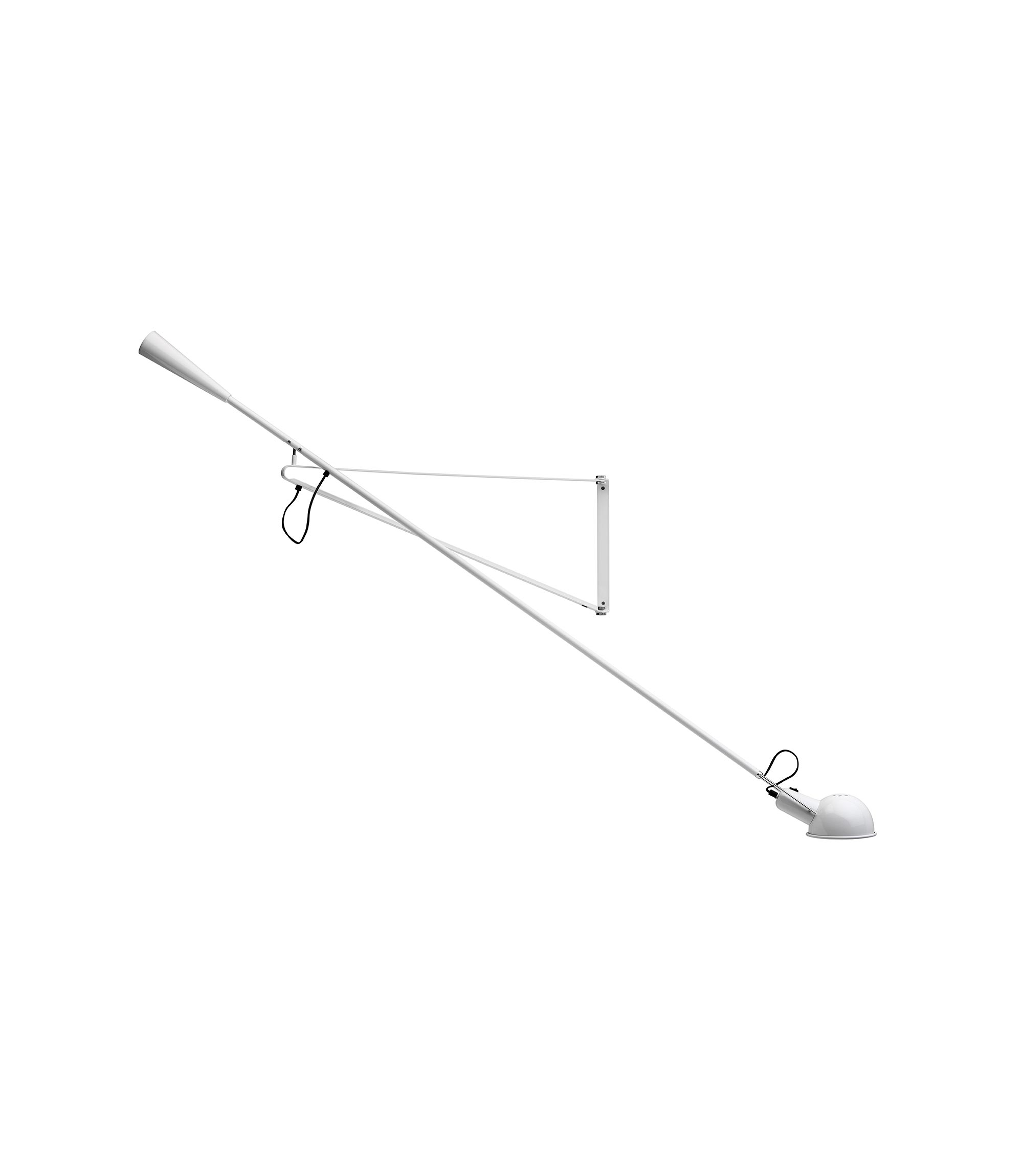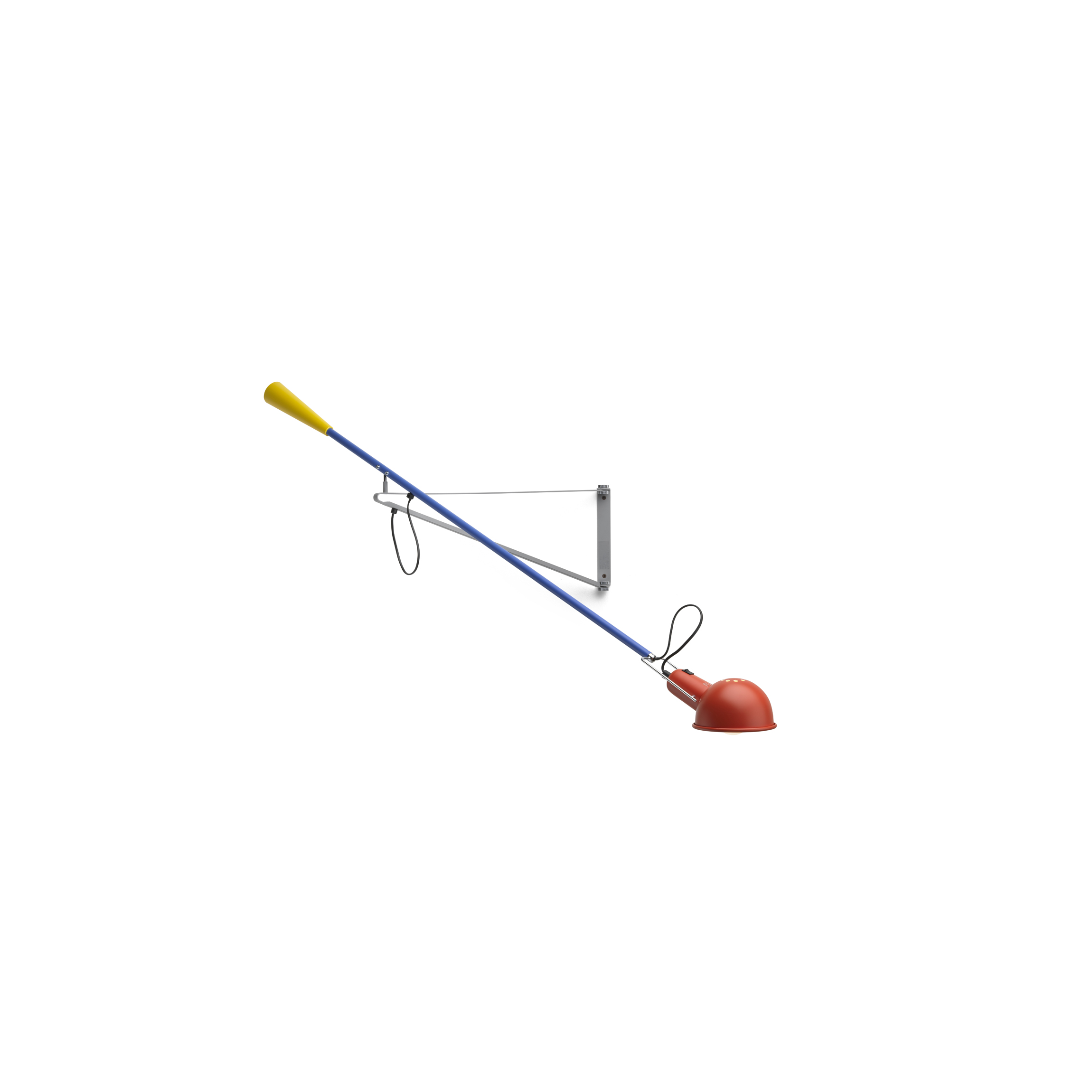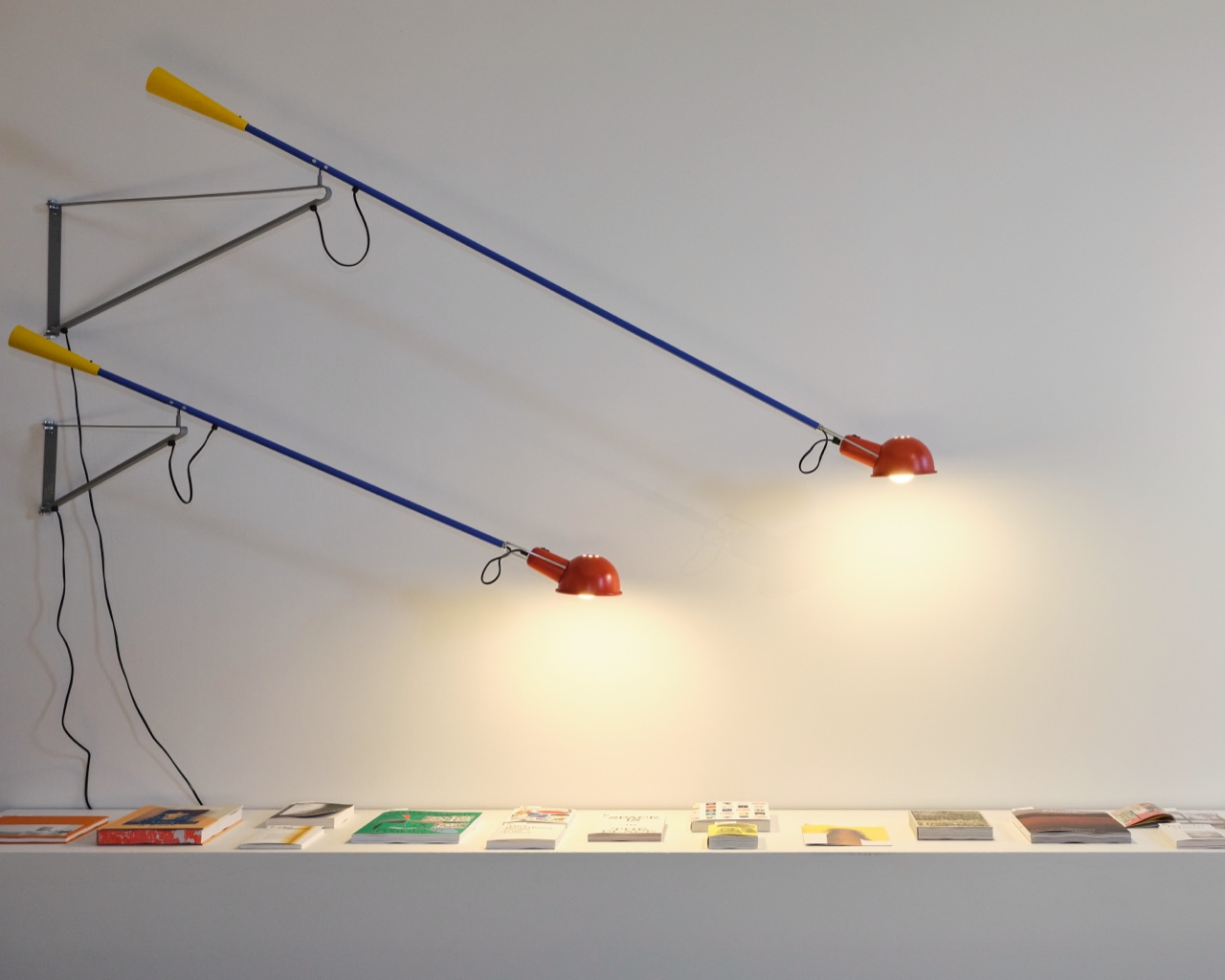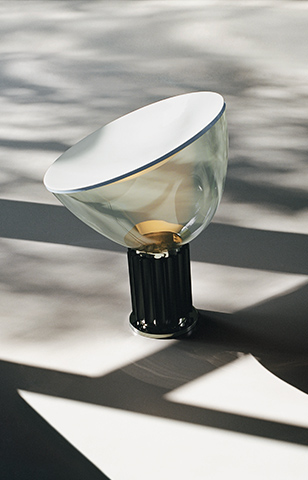Paolo Rizzatto

When did you first encounter FLOS?
I cannot say there was an exact moment, more that my attention and interest gradually grew many years ago, but to answer your question, it is not a matter of when but rather where:
It was back in Milan, on a street called Corso Europa, on the ground floor of an office building designed by Luigi Caccia Dominioni in the “Splügen Bräu” pub/restaurant.
It was in this “very typical Milan environment” “to showcase the people of Milan” in the words of the designers, the Castiglioni brothers. This scene reminiscent of a train’s dining car interacts with the abstract structure of the systems suspended over the three tiered levels of the dining room enveloped in a warm dim light yet brought to life by a striking presence: a glittering constellation of lamps hanging from the ceiling characterised by an undulating surface of polished aluminium to enhance their brightness and dissipate their warmth.
These beautiful lamps were then made in a series by FLOS called Splügen Bräu.



How did the cultural context of the time influence your first designs as an architect and designer of light?
I do not believe that a design can be structured the same way in different situations, but rather I think that the most effective ideas come from its context. Design for me has always been an exploratory process and this knowledge is implemented down into the details but also as a whole: on the scale of the individual but also on an urban and regional scale, on a local but also global level.
What is artificial light for you?
As we know from the theatre, light can completely change our perception of a space and, if used well, it can highlight relief features, change colours and form a real architectural material in the same way as concrete, steel, wood or glass, with the difference being that it is intangible, silent, impalpable and invisible as such: so from this point of view, it is easier for lighting design, in a certain sense, compared with other areas of design, to develop a non-invasive attitude that respects the context and is in complete harmony with our surroundings.



What is the next object you’d like to design?
The idea of design is not assumed “a priori”, it does not come from intuition or even imitation, but rather from the knowledge of what is being designed. There is therefore always a distance between the result and the possibilities of the subject and I think that my designs are never completely finished because I always feel that there is more to the idea behind them than the solution provided: they are simply the best solution provided at a certain time for a job. I am therefore led to dream up and envisage variations or additions that could enhance my latest design that I have only just “finished”.
What responsibility does an architect have to people and the future of our planet?
In the late eighteenth century, the great Spanish painter, Goya, painted a picture where two people are violently fighting but, blinded by the rage of their struggle, they do not realise that they are both slowly yet inevitably sinking into the mud of a ravaged battlefield. It is the battlefield (nature, the environment, the city where we live, which for many centuries seemed to be a passive witness of the battles and actions of mankind) which is once again the main scene for the struggle, just like it was at the dawn of civilisation when nature dominated the frightened mass of men fighting for survival on Earth. With the foresight of the great artists, Goya reminds us that there are not just two fighters but rather three and that man with his individual nature is not the only main character. Today, competition is the equivalent of war for economic, cultural, industrial and information products and nothing changes the thinking: the full weight of its consequences weighs down on the world. This is the battlefield we will increasingly have to deal with from now on. We have ignored, desecrated, violated and damaged it for too long.
Similarly to the greater awareness of our planet’s finite resources, the specific economic-financial situation we are in right now is nothing other than one of the factors of the process which the designer has always had to deal with and which, far from being seen as a sudden annoying obstacle, is becoming a stimulating object of study and a source of new inspiration. All of this, not from now but from when I started, understanding that I am not the “centre” but “part” of the world, is the job of an architect.









